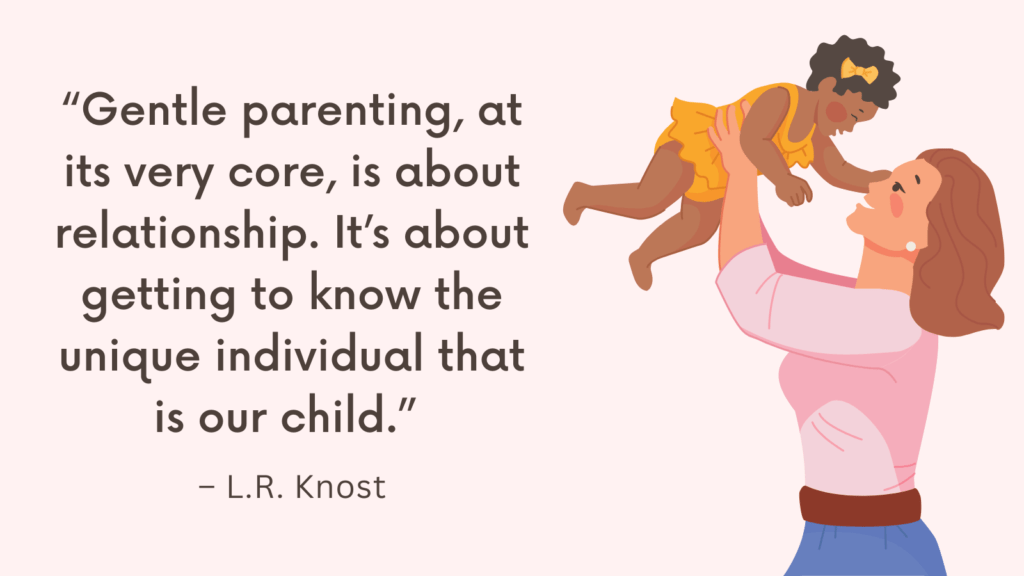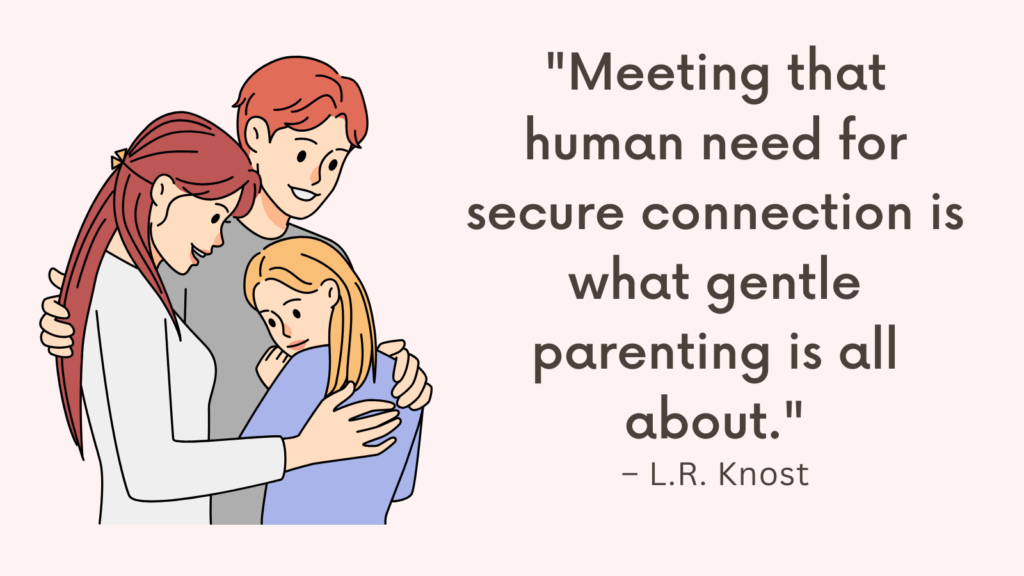This post contains “Does my child need glasses quiz.”
Does My Child Need Glasses Quiz
Results
#1. Do they often squint or blink excessively when trying to see things?
#2. Do they sit too close to the TV or computer screen?
#3. Do they frequently rub their eyes?
#4. Do they complain of headaches or eye strain?
#5. Do they hold books or other objects very close to their face?
#6. Do they have trouble concentrating or paying attention in school?
#7. Do they tilt their head to one side when looking at things?
#8. Do they frequently lose their place while reading or skip over words?
#9. Do they bump into things or seem clumsy?
#10. Do they avoid activities that require good vision, such as sports or reading?
We will not sell your information. All results are kept confidential.
This quiz is for informational purposes only. It is not meant as a diagnostic or assessment tool.
Results
The questions above represent common signs a child may need glasses. If you answered yes to most of these questions, then your child may need glasses.
It is important for parents to have their child’s vision checked regularly by an eye doctor to catch any vision problems early on and prevent further complications.
Related: Am I A Helicopter Parent Quiz
Common Vision Problems in Children
There are several common vision problems in children, including:
1. Amblyopia (lazy eye): This occurs when one eye has a weaker connection to the brain than the other. Over time, the brain relies more and more on the stronger eye — while the weaker eye gets worse. (source)
2. Strabismus (crossed eyes): This occurs when the eyes do not align properly and point in different directions. (source)
3. Myopia (nearsightedness): This occurs when a child has difficulty seeing objects in the distance. Objects that are closer appear clear. (source)
4. Hyperopia (farsightedness): This occurs when a child has difficulty seeing objects up close. Objects that are farther away appear clear. (source)
5. Astigmatism: This occurs when the cornea (outer layer of the eye) is misshapen, causing blurred vision at any distance. (source)
Related: Helicopter Parenting: Pros and Cons of Over-Parenting
When to Take a Child for an Eye Exam?
The American Optometric Association (AOA) recommends scheduling an infant’s first eye exam with an Optometrist at 6 months of age. (source)
This is because many eye problems, such as amblyopia (lazy eye), or strabismus (crossed eyes), can be detected early on through eye exams.
After the initial exam, children should have comprehensive eye exams every one to two years until they turn 18, or as recommended by their optometrist or ophthalmologist.
It is especially important to schedule an eye exam if you notice any changes in your child’s vision, such as squinting, rubbing their eyes excessively, closing one eye, or holding objects very close to their face.
Related: Is My Child Dehydrated Quiz
How to Choose the Right Glasses for a Child?
Choosing the right pair of glasses for a child can be a challenge.
Here are some tips to help you make the right choice:
1. Choose the right frame
The frame should fit your child’s face properly and should not slide down their nose.
It should also be comfortable and durable.
Look for frames made of flexible materials like plastic or rubber, as these are less likely to break.
2. Think about the lifestyle
If your child is very active, you may want to choose glasses with a strap or cord to keep them in place.
If your child spends a lot of time outdoors, you may want to consider transition lenses that darken in the sunlight.
3. Let your child have a say
Involve your child in the process of choosing their glasses.
Let them try on different frames and choose their favorite.
This will make them more likely to wear the glasses and take care of them properly.
Related: Why Would A Child Need Occupational Therapy?
Tips to Encourage Your Child to Wear Glasses
1. Make glasses a fun and exciting accessory by allowing your child to choose frames in their favorite colors or designs.
2. Explain to your child that wearing glasses will help them see better and make things clearer.
3. Talk with your child’s eye doctor about the importance of wearing glasses and have them reinforce the benefits during check-ups.
4. Show your child pictures of their favorite role models who wear glasses to help them feel more confident about wearing theirs.
5. Make sure your child’s glasses are comfortable and fit well, so they are more likely to wear them without discomfort or annoyance.
6. Praise your child when they wear their glasses and show them how proud you are of their efforts.
7. Be patient and understanding; it may take time for your child to adjust to wearing glasses.
Related: Best 10 Books About Learning Disabilities
Conclusion
Your child might need glasses if they have difficulty seeing things far away or up close, have frequent headaches, squint often, or complain of eye fatigue.
It is important to address vision problems in children as they can affect their academic performance and overall quality of life.
Luckily, nowadays there are many stylish frames available for kids, from character-themed designs to bright colors, making it easier for them to feel comfortable and even excited about wearing glasses.
It might take some time for your child to adjust to wearing glasses, but with patience and encouragement, they can learn to appreciate clearer vision and the benefits of being able to see the world clearly.





